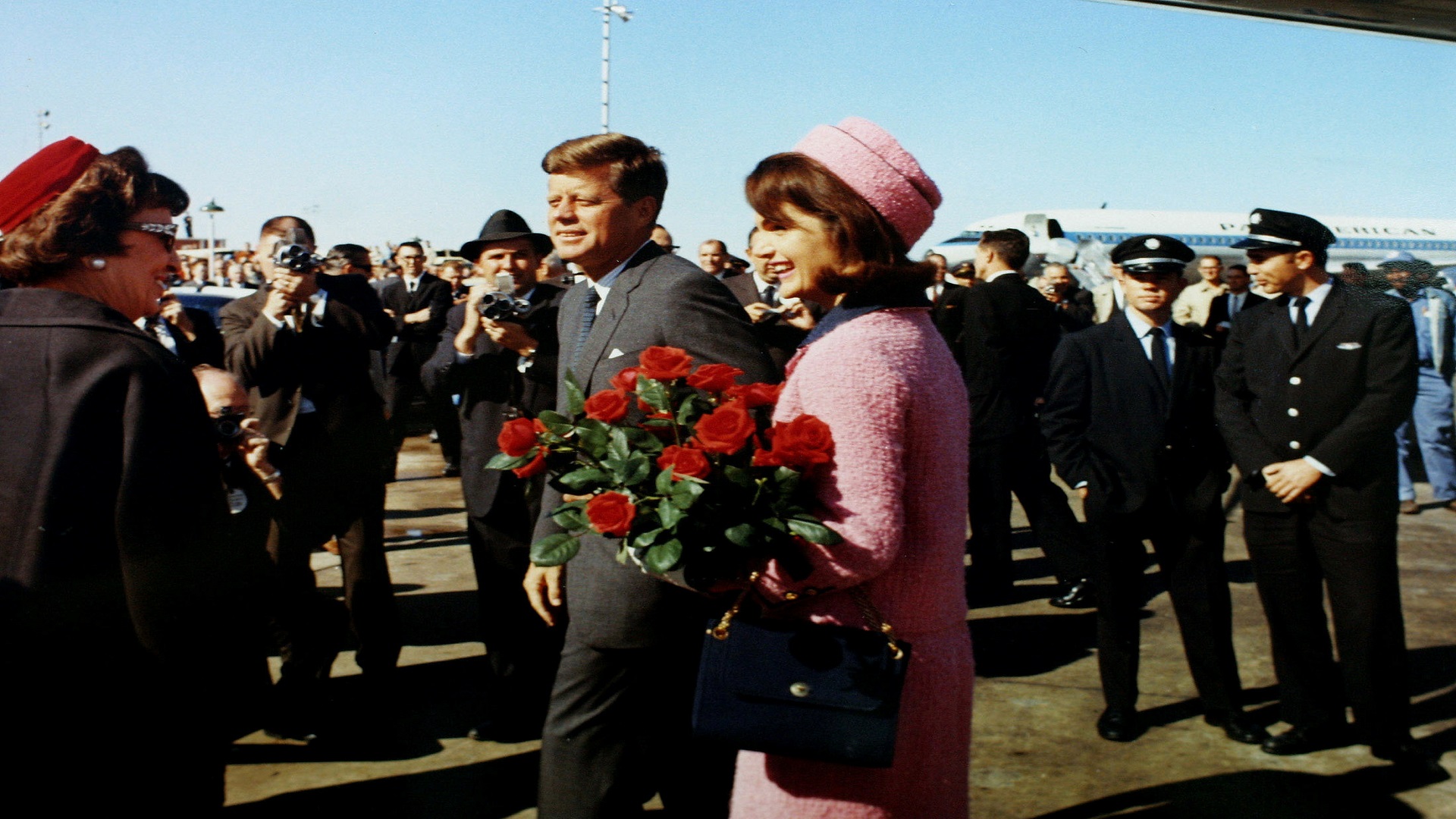Image: FILE PHOTO: U.S. President John F. Kennedy and first lady Jacqueline Bouvier Kennedy arrive at Love Field in Dallas, Texas less than an hour before his assassination in this November 22, 1963 photo by White House photographer Cecil Stoughton obtained from the John F. Kennedy Presidential Library in Boston. JFK Library/The White House/Cecil Stoughton/File Photo via REUTERS
![]()
By Steve Holland and Jeff Mason
WASHINGTON (Reuters) – President Donald Trump on Thursday ordered the release of 2,800 documents related to the 1963 assassination of President John F. Kennedy but yielded to pressure from the FBI and CIA to block the release of some information, senior administration officials said.
Congress had ordered in 1992 that all records relating to the investigation into Kennedy’s death should be open to the public, and set a final deadline of Oct. 26, 2017, for the entire set to be made public. Trump had confirmed on Saturday that he would allow the documents to be made public.
Administration officials told reporters on a conference call that Trump ordered government agencies to study the redactions in the documents over the next 180 days to determine whether they needed to remain hidden from the public. After the review, Trump expected such withholdings to be rare.
The officials described Trump as reluctant to accept agency requests to hold back thousands of documents but felt in the end he had no choice but to agree to their entreaties.
“The president wants to ensure there is full transparency here and is expecting that the agencies do a better job in reducing any conflicts within the redactions and get this information out as quickly as possible,” one official said.
Another official said: “There does remain sensitive information in the records” that could compromise the identify of informants or intelligence operations.
Academics who have studied Kennedy’s slaying on Nov. 22, 1963, during a motorcade in Dallas said they expected the final batch of files to offer no major new details on why Lee Harvey Oswald gunned down the Democratic president.
They also feared that the final batch of more than 5 million total pages on the Kennedy assassination held in the National Archives would do little to quell long-held conspiracy theories that the 46-year-old president’s killing was organised by the Mafia, by Cuba, or a cabal of rogue agents.
‘WHERE THE EVIDENCE IS’
Thousands of books, articles, TV shows and films have explored the idea that Kennedy’s assassination was the result of an elaborate conspiracy. None have produced conclusive proof that Oswald, who was fatally shot two days after killing Kennedy, worked with anyone else, although they retain a powerful cultural currency.
“My students are really sceptical that Oswald was the lone assassin,” said Patrick Maney, a professor of history at Boston College. “It’s hard to get our minds around this, that someone like a loner, a loser, could on his own have murdered Kennedy and changed the course of world history. But that’s where the evidence is.”
Kennedy’s assassination was the first in a string of politically motivated killings, including those of his brother Robert F. Kennedy and civil rights leader Martin Luther King Jr., that stunned the United States during the turbulent 1960s. He remains one of the most admired U.S. presidents.
(Additional reporting by Scott Malone in Boston; Editing by Peter Cooney)
Copyright 2017 Thomson Reuters. Click for Restrictions.


